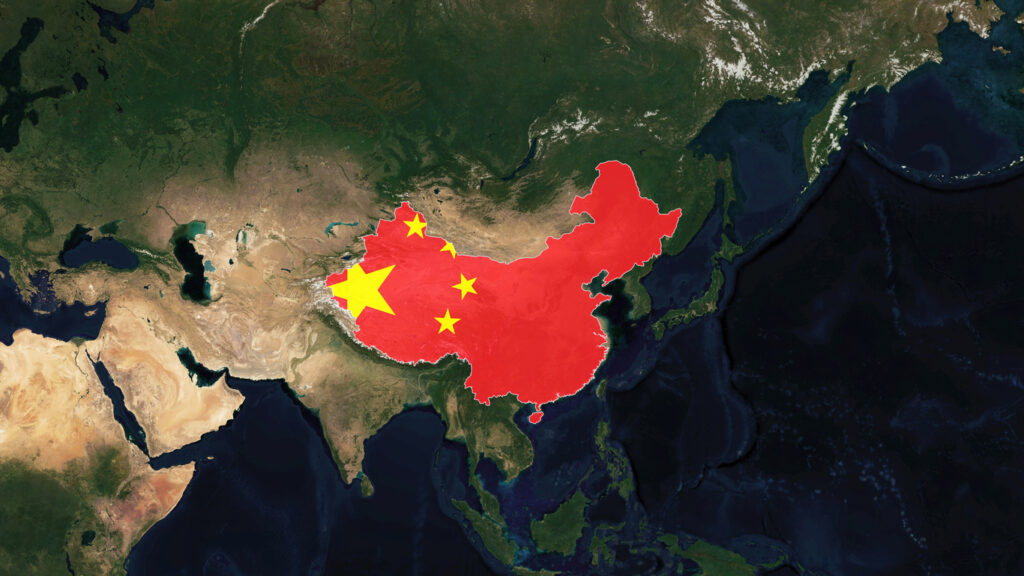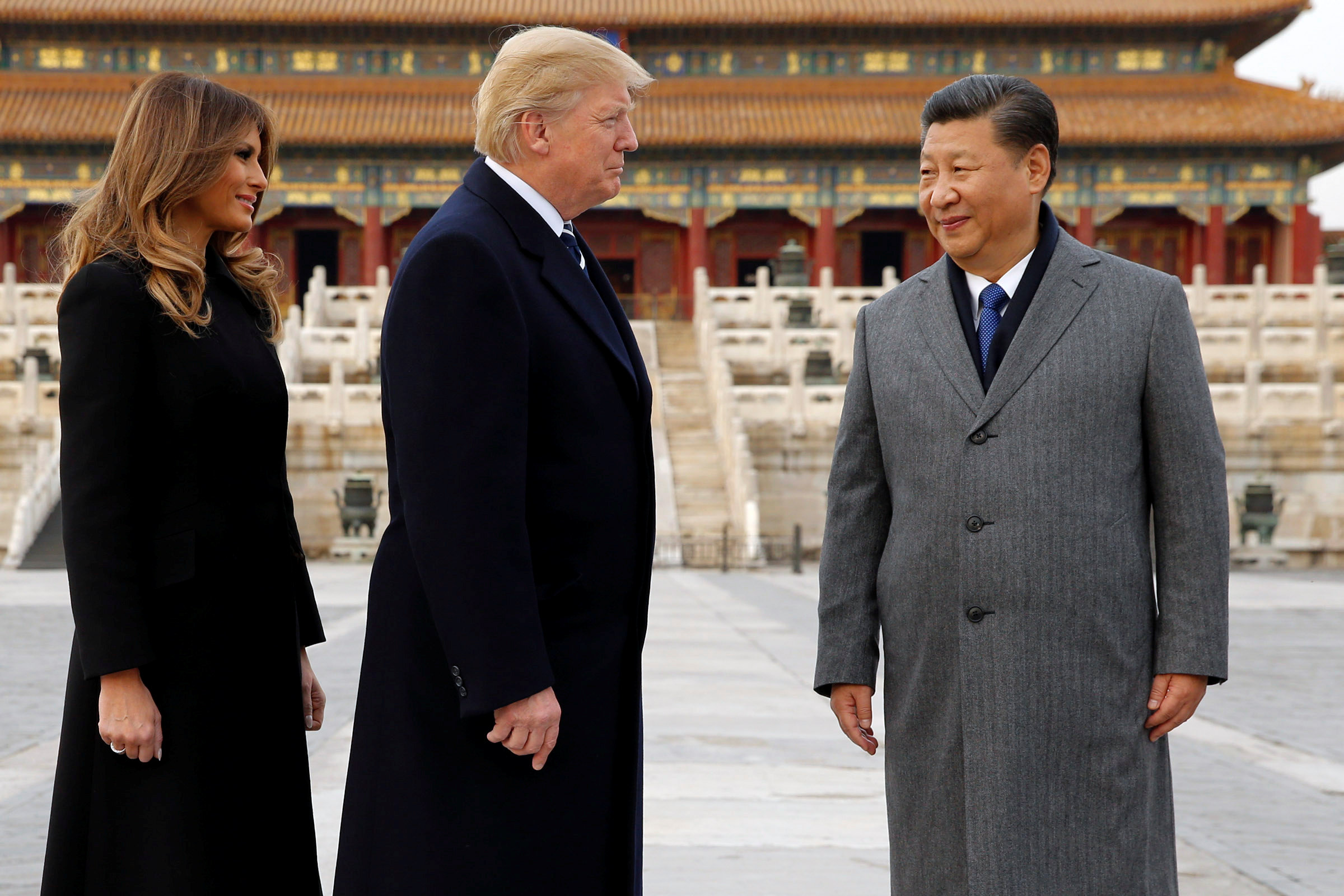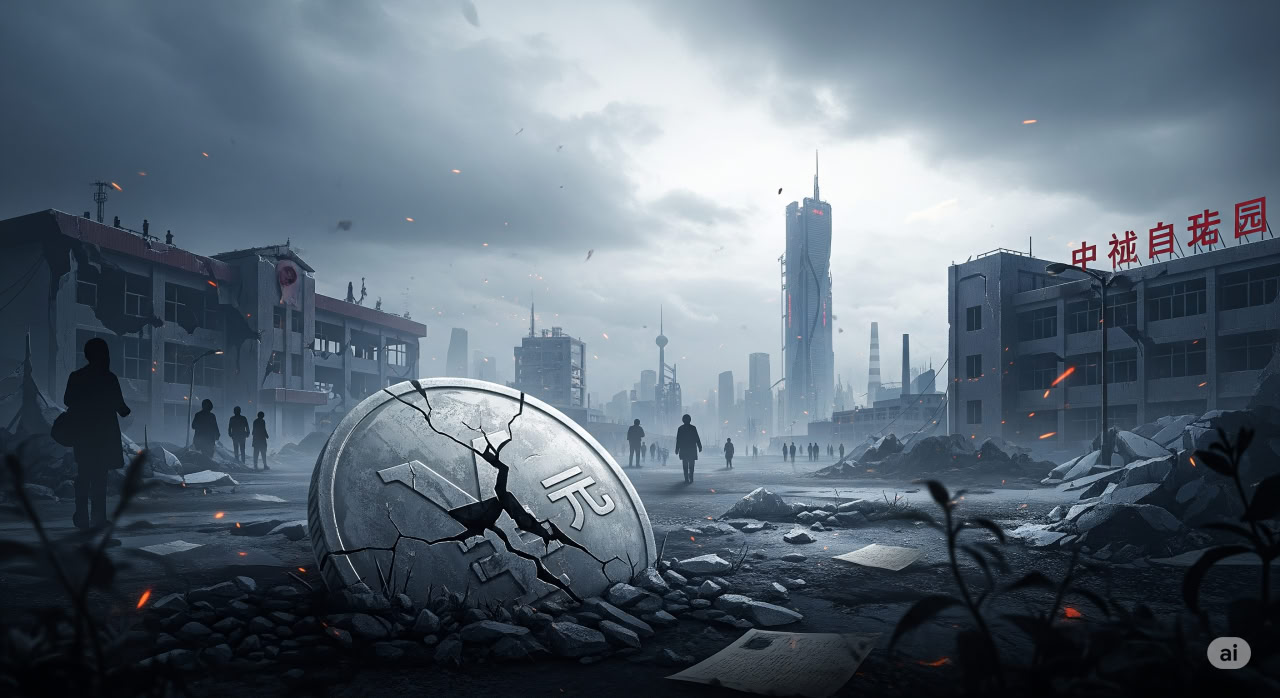In today’s China, you get the sense that something is profoundly broken—not just in the corridors of power, but in the very fabric of daily life. The Chinese Communist Party (CCP) obsesses over preventing a Soviet-style collapse, with Xi Jinping poring over the USSR’s fall like a student cramming for an exam. Yet, the irony is stark: China’s unraveling isn’t a distant threat—it’s happening now, at the grassroots, where ordinary people face dangers that make the Soviet Union’s final days look almost quaint. Two recent events—a horrifying lead poisoning scandal in a Gansu kindergarten and a suffocating train incident—lay bare a chilling truth: the CCP’s grip on power has bred a society where safety, the most basic human need, is a luxury. This isn’t just mismanagement; it’s a systemic betrayal that’s pushing China toward a social breaking point.
A Poisoned Generation
In Tianzhu, Gansu, a kindergarten became a crucible of despair when parents discovered their children were suffering from lead poisoning. The symptoms—nausea, leg pain, stomach aches—emerged in March, but it wasn’t until June that the scope of the crisis became clear. Tests in Xi’an revealed that over 70 children had blood lead levels up to five times the safe limit, with some results 20 times higher than what local hospitals claimed. The official story? The kindergarten’s kitchen used industrial pigment to color food, leading to lead levels 2,700 times above China’s food safety standards. Eight people, including the principal and an investor, were detained, and the case was neatly tied up with a surveillance video showing kitchen staff adding dye to food.
But here’s where it gets troubling: the narrative doesn’t hold up. For one, industrial pigment is often more expensive than food-grade dye, so the “cost-cutting” excuse feels flimsy. More damningly, the math doesn’t add up. To reach the reported lead levels, the food would’ve been less cake and more paint—a scenario so absurd it defies logic. A pigment manufacturer, Shenzhen Chemical Company, publicly denied their products contained lead, suggesting they were being scapegoated. And then there’s the timeline: medical experts note that lead poisoning builds slowly, yet the official report claims the contamination began just months ago. Parents, however, found elevated lead levels in their children as early as May of the previous year.
What’s more, this isn’t Tianzhu’s first brush with lead. In 2006, over 200 residents, including 53 minors, suffered similar poisoning in the same district. Back then, local hospitals downplayed the crisis, only for tests in Xi’an to confirm widespread contamination. Sound familiar? It’s not just déjà vu—it’s a playbook. Local hospitals, likely under pressure from authorities, falsified results to protect a nearby state-owned lead-zinc ore transfer station, located just 1.7 kilometers from the kindergarten. This facility, part of the massive Baiyin Nonferrous Metals Group, stores materials in open air, allowing runoff to seep into the nearby Wei River. Worse, the kindergarten sits on land once used as an industrial dump site, a fact conveniently omitted from official reports.
You can’t help but feel the weight of this betrayal. Parents, desperate for answers, were stonewalled by local hospitals and later barred from seeking treatment in Shanghai, where doctors confirmed both lead and zinc in children’s blood—pointing directly to the transfer station. The central government’s involvement is unmistakable: hospitals across China were reportedly ordered not to treat Tianzhu’s children, a move that reeks of a cover-up orchestrated from the top. This isn’t a one-off scandal; it’s a symptom of a system that prioritizes state-owned enterprises and local officials’ careers over human lives.
A Train to Nowhere
If the kindergarten scandal exposes institutional rot, a second incident—a train derailment on July 2—reveals the CCP’s paranoia about defiance. A passenger train from Guangzhou to Hangzhou sideswiped a freight train, derailing several cars. Stranded for three hours without air conditioning, passengers sweltered in temperatures nearing 40°C (106°F). Elderly riders suffered heat stroke, and pleas to open doors or windows were ignored. In desperation, a young man smashed a window with an emergency hammer, letting in fresh air to cheers from fellow passengers.
You’d think he’d be hailed as a hero. Instead, he was detained, and state media pounced, labeling his act “reckless” and a threat to “public order.” To the CCP, that shattered window wasn’t just glass—it was a crack in their control. The message was clear: defiance, even in a life-threatening crisis, is intolerable. Compare this to China’s regulations for transporting pigs, which mandate cooling measures above 25°C (77°F). The absurdity is galling: pigs get better treatment than people. It’s no wonder citizens are saying, half in jest, half in despair, that they’re worth less than livestock.
A Society on the Edge
These incidents aren’t isolated—they’re part of a broader collapse of trust and safety. In the Soviet Union’s final years, economic stagnation and ideological disillusionment eroded faith in the system. China faces something worse: a daily reality where food, water, and even air can be deadly. From kindergarten poisonings to train passengers suffocating under bureaucratic rigidity, the CCP’s obsession with control has created a society where basic needs go unmet. Add to this the rising reports of kidnappings and suspected organ harvesting—crimes unimaginable in the USSR’s twilight—and you see a nation teetering on the edge.
The historical parallel is striking but incomplete. The Soviet Union fell because its economy buckled and its ideology lost legitimacy. China’s economy is faltering, but the deeper crisis is social. When parents can’t trust hospitals, when train passengers are punished for saving themselves, and when groundwater contamination goes unaddressed for decades, people lose more than faith—they lose hope. The CCP’s response—cover-ups, censorship, and punishment—only deepens the alienation. You get the sense that the regime fears its own people more than any foreign threat.
A Path Forward?
Can China change? Frankly, it’s hard to be optimistic. The CCP has so thoroughly entwined itself with every facet of life that reform seems impossible without dismantling the system itself. Yet, there’s a flicker of hope in the resilience of ordinary Chinese. The parents in Tianzhu who fought for answers, the young man who broke that train window—these acts of defiance, however small, signal a growing refusal to accept the status quo. Social media, despite heavy censorship, amplifies these voices, and even the CCP’s propaganda can’t fully drown them out.
Cultural and spiritual shifts offer another glimmer. Young Chinese are increasingly turning to temples, seeking meaning in a system that offers none. These aren’t just religious visits—they’re acts of quiet rebellion against a regime that demands total loyalty. Adversity, as one Chinese scholar noted, can be a catalyst. Just as America’s comfort breeds complacency, China’s hardships might forge a collective will to demand change. But the road is perilous. The CCP’s grip tightens with every challenge, and the cost of resistance is steep.
Conclusion
China’s crisis isn’t just political—it’s existential. The lead poisoning in Tianzhu and the train incident are not mere scandals; they’re symptoms of a society where human life is secondary to state control. The CCP’s fear of collapse is justified, but not for the reasons it thinks. It’s not foreign forces or economic woes that threaten its rule—it’s the slow, relentless erosion of trust between the state and its people. When parents must fight their own government to save their children, and when a broken window becomes a revolutionary act, you know the breaking point isn’t coming—it’s already here. The question isn’t whether China can avoid collapse, but whether its people can rebuild something better from the ashes.



